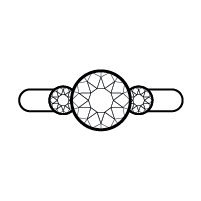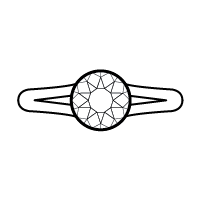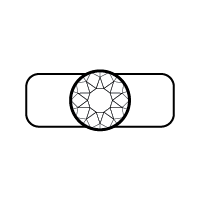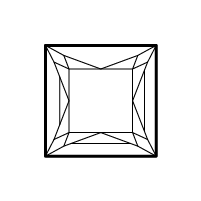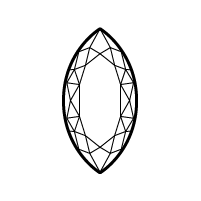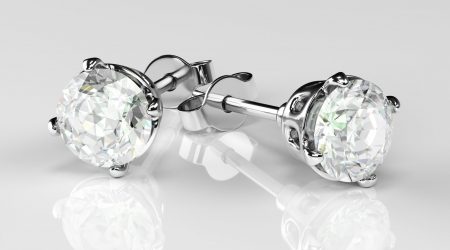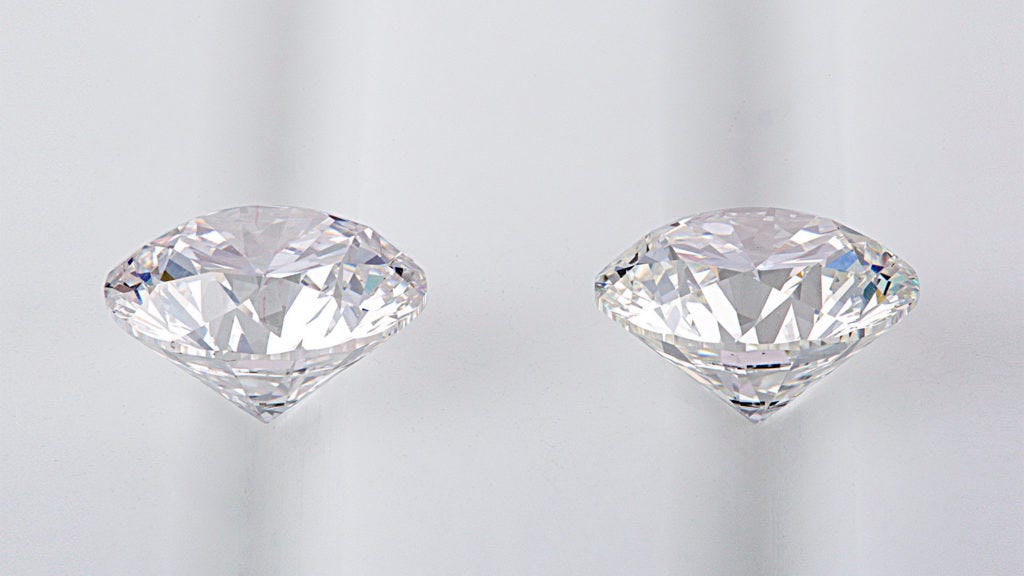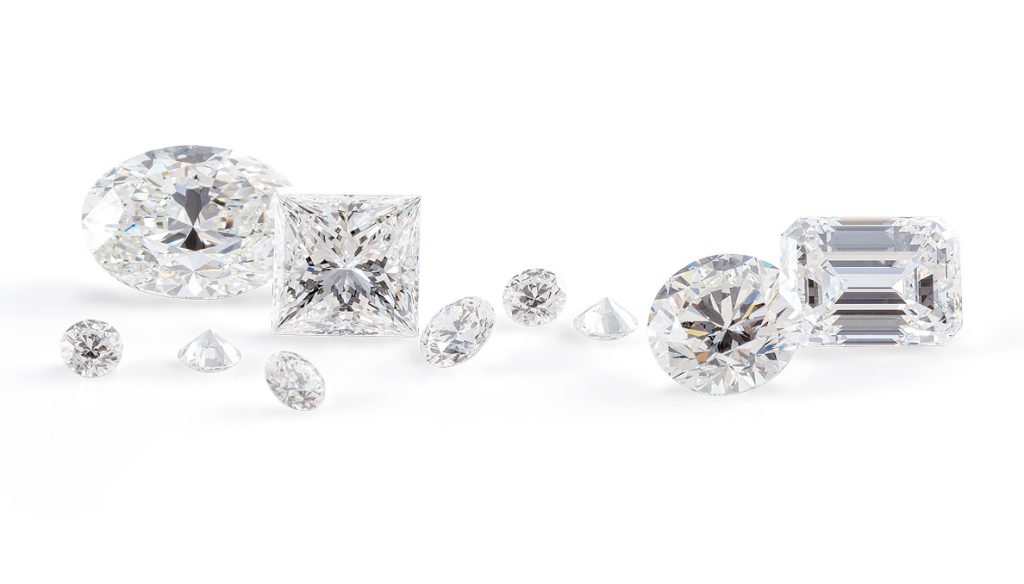Traditionally, naturally formed diamonds were the only choice for engagement rings; however, in recent years, the introduction and the rise in popularity for lab-grown diamonds has given customers more options when it comes to choosing the perfect diamond for their ring.
So what’s the difference (or the similarities) between choosing lab-grown or naturally mined, and where can you buy them?
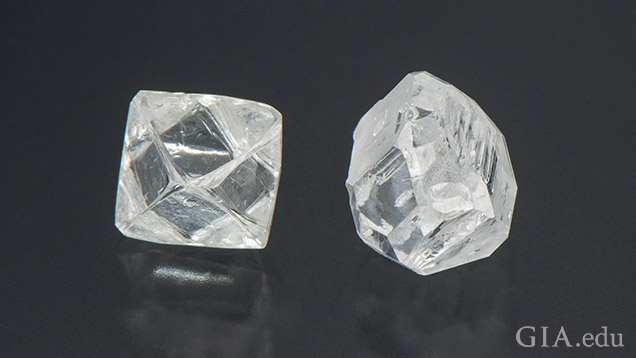
1. Do lab-grown diamonds look different to natural diamonds?
There is no difference between a lab-grown and a natural diamond to the naked eye. Even a professionally certified gemologist will be unable to tell the two apart unless using specialised equipment.
With high magnification, it’s possible to make out the very small contrasts in the inclusions of a lab-grown diamond versus a mined diamond. But without this extreme magnification, it would be impossible to tell.
The only way to determine the origins of the diamond and whether it is naturally formed or lab-grown is to check the gemstone’s certification. The jeweler who is selling the diamond must specify in the certification whether it is lab-created or naturally formed.
In terms of characteristics like quality, cut and clarity, lab-grown diamonds are completely comparable to earth mined diamonds with no difference in appearance. They can offer as much fire and brilliance as a naturally formed diamond.
2. Which is better for my budget?
Lab diamonds are often significantly cheaper than natural diamonds.
When comparing diamonds of equal clarity, quality, cut and color, similarly graded diamonds of lab-grown origin are often 40%-50% the cost of a natural diamond. This difference in price means customers can purchase an equivalent diamond at a much lower price or use that additional budget to opt for a lab-grown diamond with much higher levels of clarity or cut than a naturally mined diamond.
However, you may opt for an initial discount with a lab diamond, but the long-term value of a natural diamond is significantly higher than that of lab grown. Lab diamonds have been shown not to appreciate in value, instead dropping to very little resell value, whereas natural diamonds have shown to hold their price better over time.
3. Are lab-grown diamonds better for the environment?
If sustainability is a key factor for you when buying your engagement ring, then lab-grown diamonds are a fantastic route for you.
Naturally derived diamonds from mining often come with a weighty environmental price tag, touted for detrimental impacts to animal wildlife, polluted groundwater and landscape scarification. Although many of these impacts are now being managed better in the modern diamond industry, the previous history of natural diamond mining has meant many modern-day consumers are looking for more sustainable alternatives. There is also a conflicted history of negative impacts on society and poor communities, however the Kimberley Process Certification Scheme set in 2003 prevents “conflict diamonds” from being sold in today’s markets. Our own diamonds are all sustainably certified and checked to ensure the well-being of our suppliers and associates.
Lab-grown diamonds are entirely traceable and therefore create no harm to environments, water systems or pollution from natural mining. However, they do require large quantities of energy, but with technological advances and many more companies moving to renewable energy, lab-grown diamonds will be an eco-friendlier choice.
4. How long does it take to make a diamond?
Naturally formed diamonds found on the Earth’s surface have taken anywhere between 1 to 3 billion years to form in the Earth’s mantle. Through a long process of volcanic temperatures, high pressure and tectonic activity, these diamonds are eventually pushed to the surface and mined.
Conversely, lab-grown diamonds can take just a few weeks to make. Lab-grown diamonds can be made in one of two ways:
– High Pressure High Temperature (HPHT): similar to the stages that a natural diamond will have gone through to form in the Earth’s mantle, high pressure lab-grown diamonds are created in a large machine with a certain amount of natural graphite that is then put under extremely high temperatures and pressure to form a diamond.
– Chemical Vapor Deposition (CVD): created using chemical processes, a ‘seed’ crystal or small diamond is placed in a chamber which is then filled with heated gases. After a duration of exposure to the chemicals, layers of carbon will form around the ‘seed’ diamond, creating a larger gemstone.
5. Are lab-grown diamonds real?
Many customers have the notion that a lab-grown diamond is a fake version of a natural diamond, but they are just as real as a mined gemstone. There is no difference in the authenticity of a diamond whether grown in a lab or mined. The only aspect that separates the two is how they were created, but their composition is essentially exactly the same.
Chrysella Diamonds: Lab-Grown and Natural
We offer a complete range of both lab-created and naturally derived diamonds; all certified. Speak to us to find out more about our diamond selection, and how we can create your perfect jewelry with one of our hand-select diamonds If you have any questions about Lab-grown diamonds or natural diamonds, please reach out to us and receive an answer from a GIA graduate gemologist.


